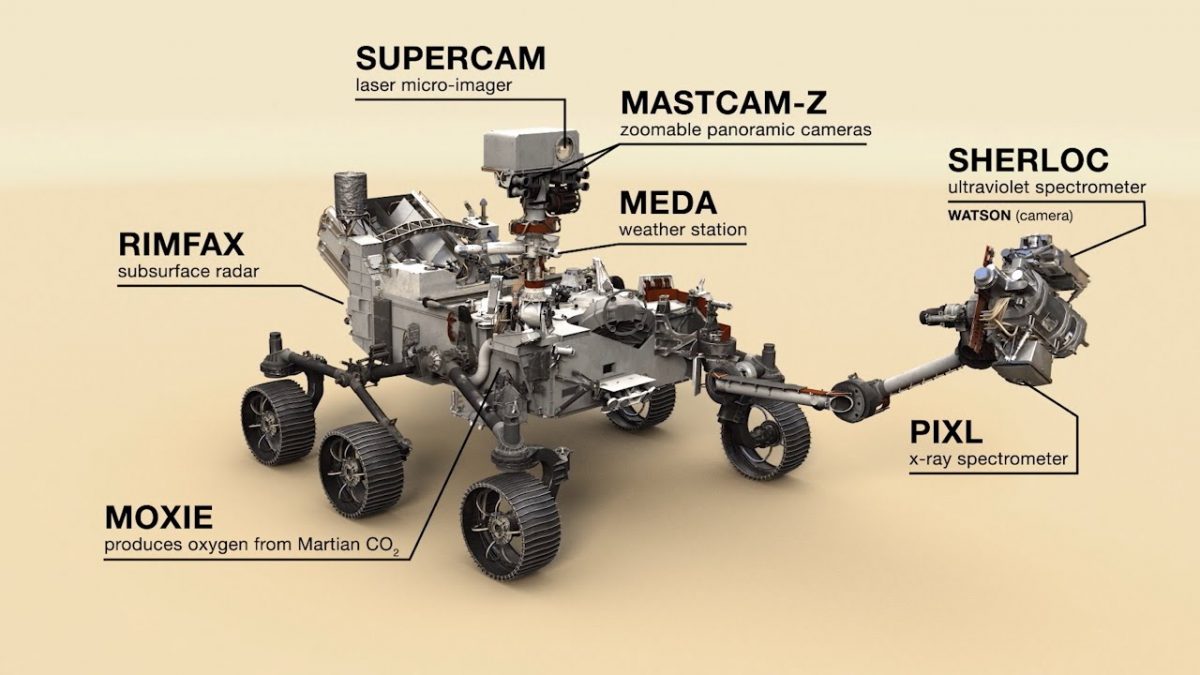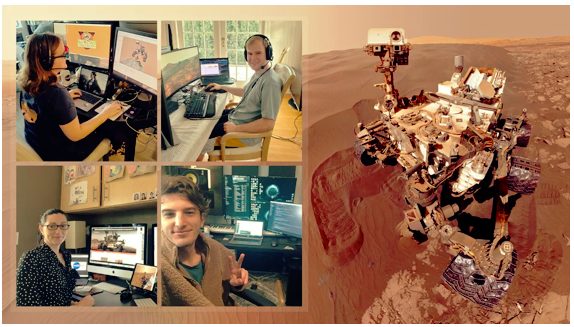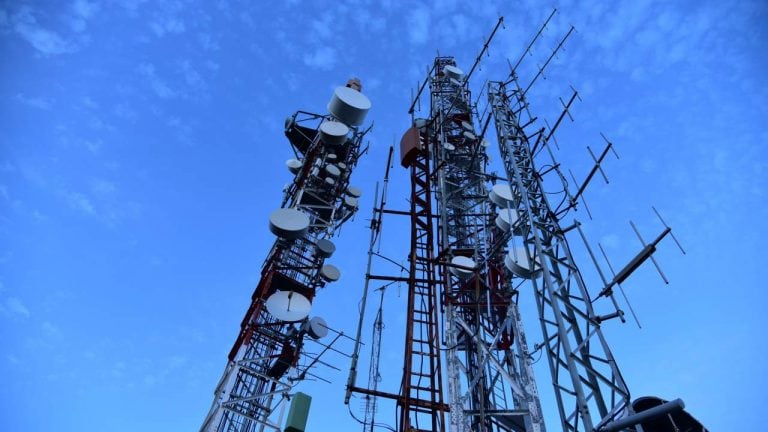The Mars rover from NASA has sent first-ever audio readings like the mesmerising sound of Martian wind, captured from its SuperCam instrument, back home.
The instrument delivered audio data to the French Space Agency’s operations center in Toulouse that includes the first audio of laser zaps on another planet.
“It is amazing to see SuperCam working so well on Mars. When we first dreamed up this instrument eight years ago, we worried that we were being way too ambitious. Now, it is up there working like a charm,” Roger Wiens, principal investigator for Perseverance’s SuperCam instrument, said in a statement on Wednesday.
Obtained only about 18 hours after landing, when the mast remained stowed on the rover deck, the first file captures the faint sounds of Martian wind.
The wind is more audible, especially around the 20-second mark, in the second sound file, recorded on the rover’s fourth Martian day, or sol.
SuperCam’s third file, from Sol 12, includes the zapping sounds of the laser impacting a rock target 30 times at a distance of about 10 feet.
Some zaps sound slightly louder than others, providing information on the physical structure of the targets, such as its relative hardness.
This is also the first time an instrument has used Raman spectroscopy anywhere other than on the Earth.
“Raman spectroscopy is going to play a crucial role in characterising minerals to gain deeper insight into the geological conditions under which they formed and to detect potential organic and mineral molecules that might have been formed by living organisms,” said Olivier Beyssac, research director at the Centre National d’Etudes Spatiales (CNES) in Paris.
SuperCam was developed jointly by the Los Alamos National Laboratory (LANL) in New Mexico and a consortium of French research laboratories under the auspices of the CNES.
“SuperCam truly gives our rover eyes to see promising rock samples and ears to hear what it sounds like when the lasers strike them.
This information will be essential when determining which samples to cache and ultimately return to Earth through our groundbreaking Mars Sample Return Campaign,” said Thomas Zurbuchen, associate administrator for science at NASA headquarters in Washington.
[splco_Shortcodesspacer]

[splco_Shortcodesspacer]
A key objective for Perseverance’s mission on Mars is astrobiology, including the search for signs of ancient microbial life.
The rover will characterise the planet’s geology and past climate, pave the way for human exploration of the Red Planet, and be the first mission to collect and cache Martian rock and regolith (broken rock and dust).









